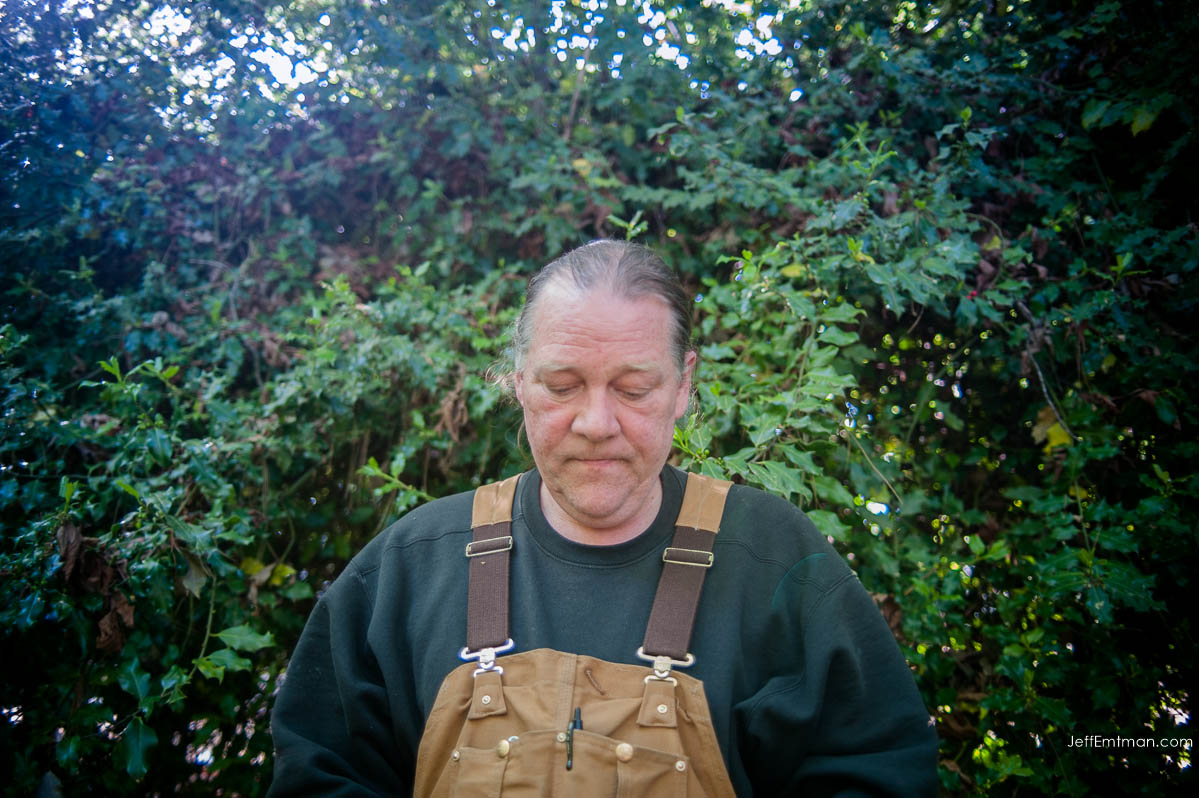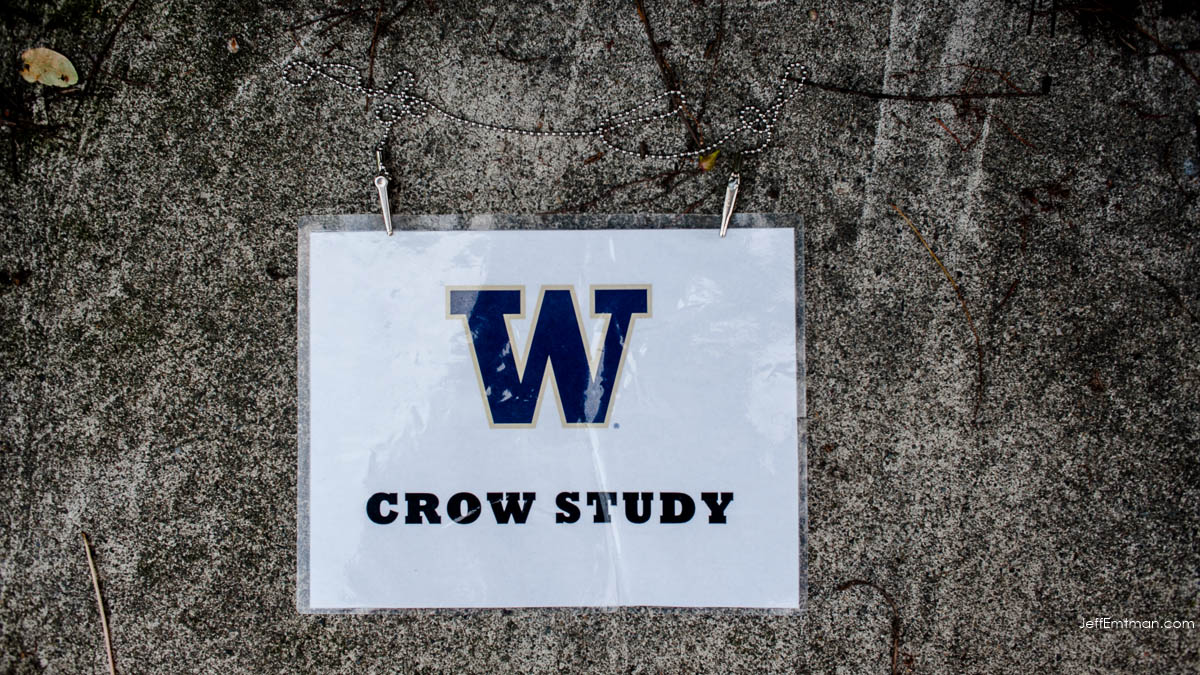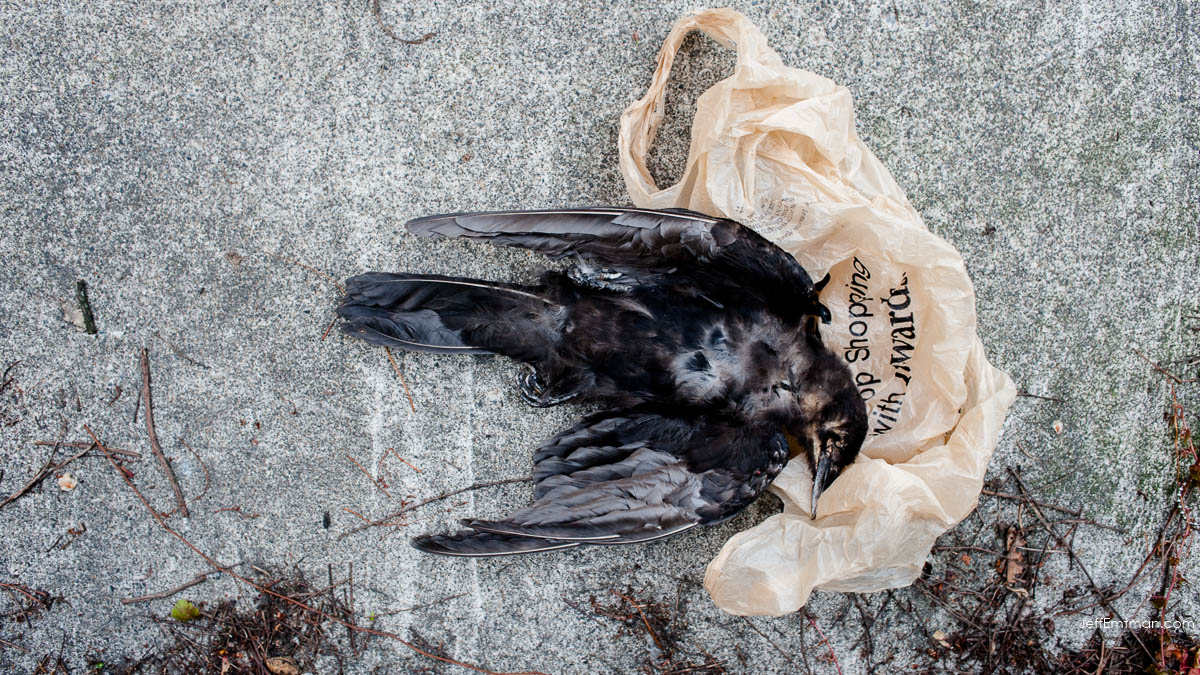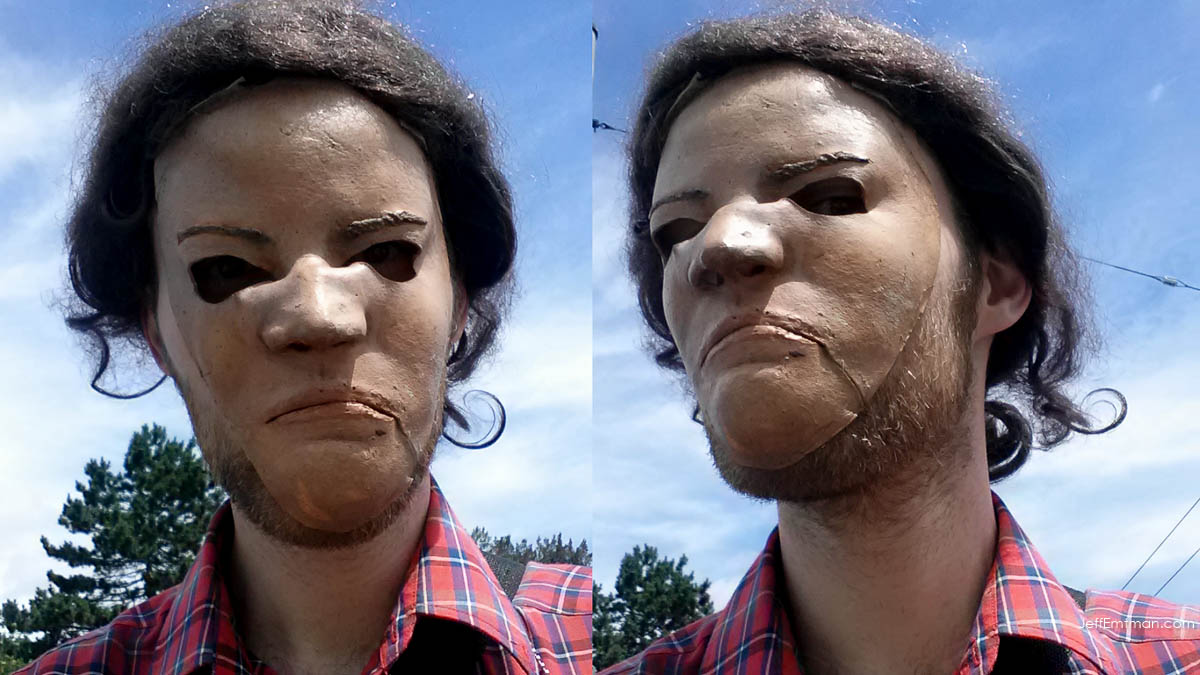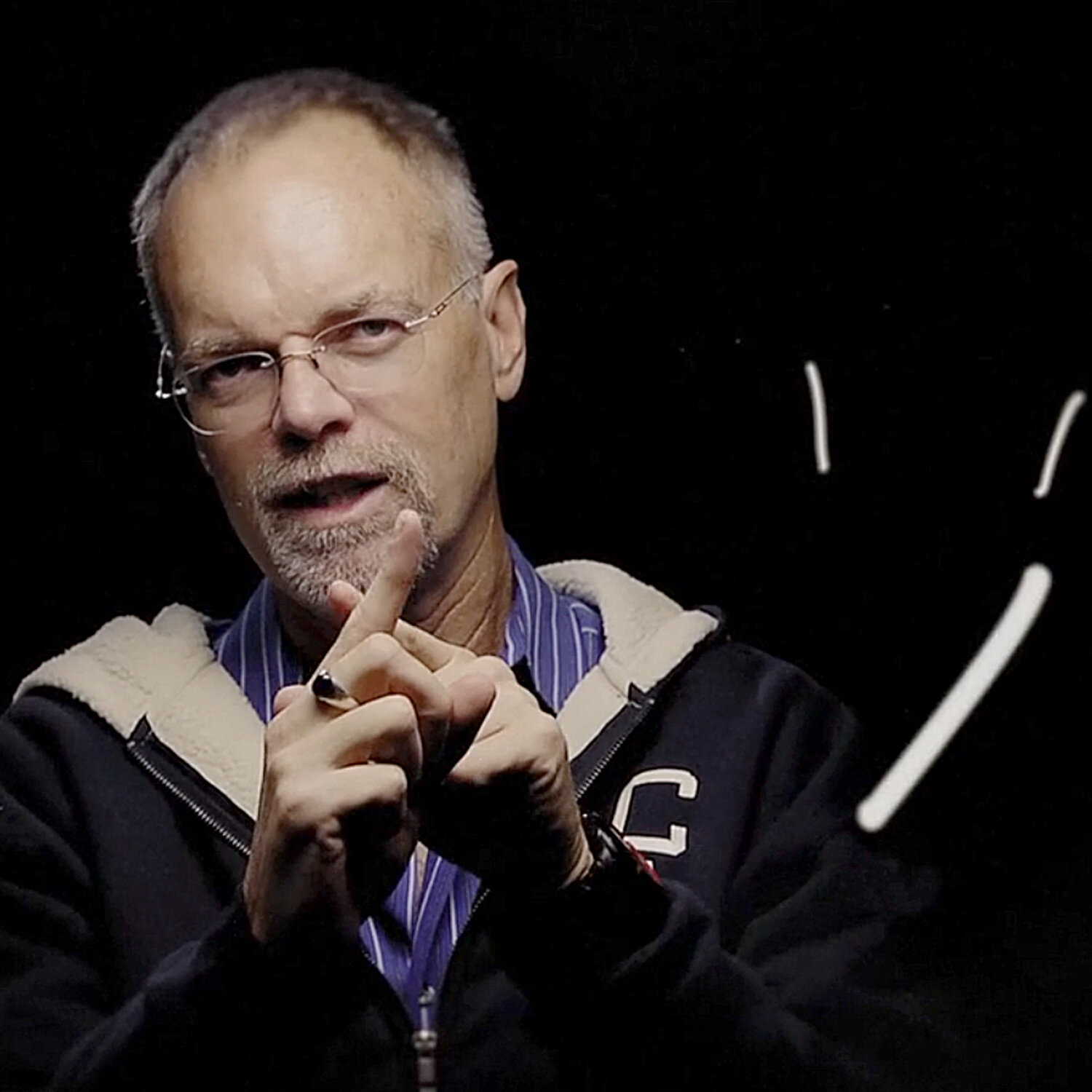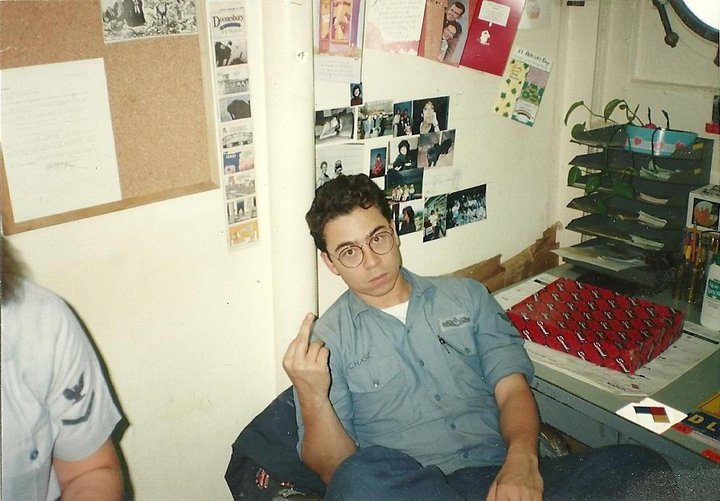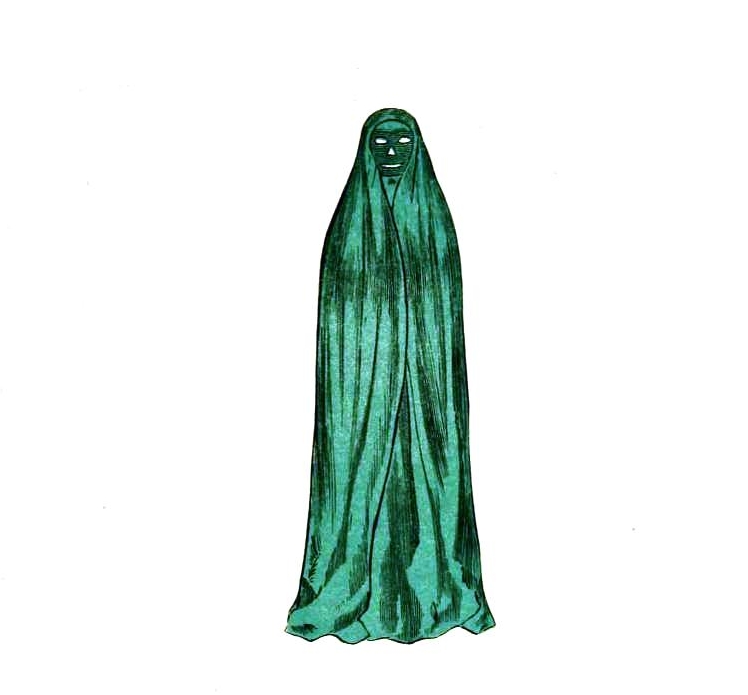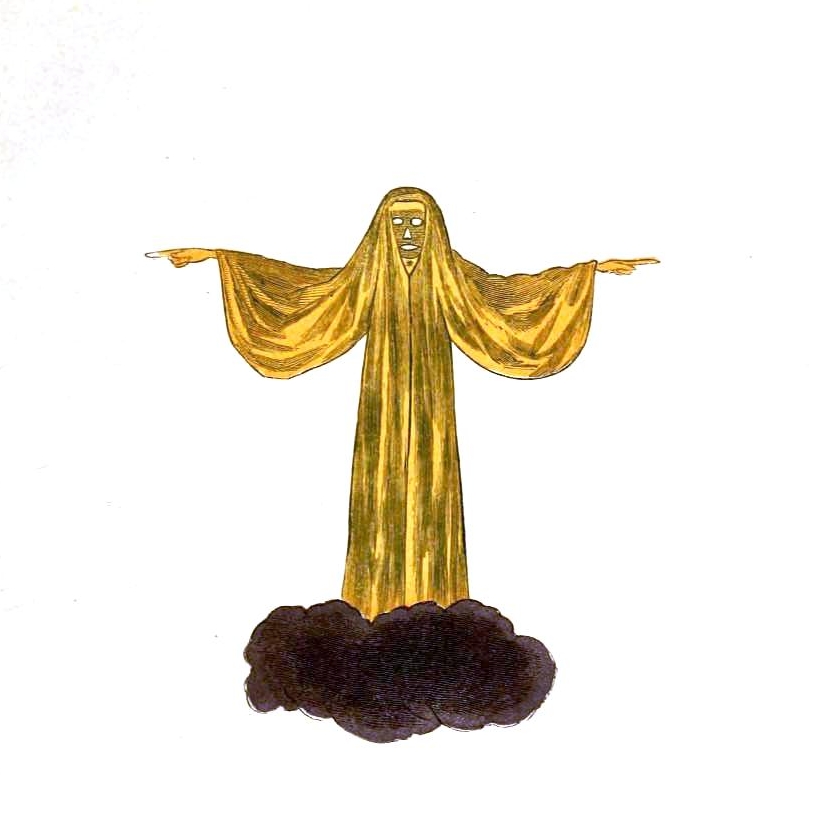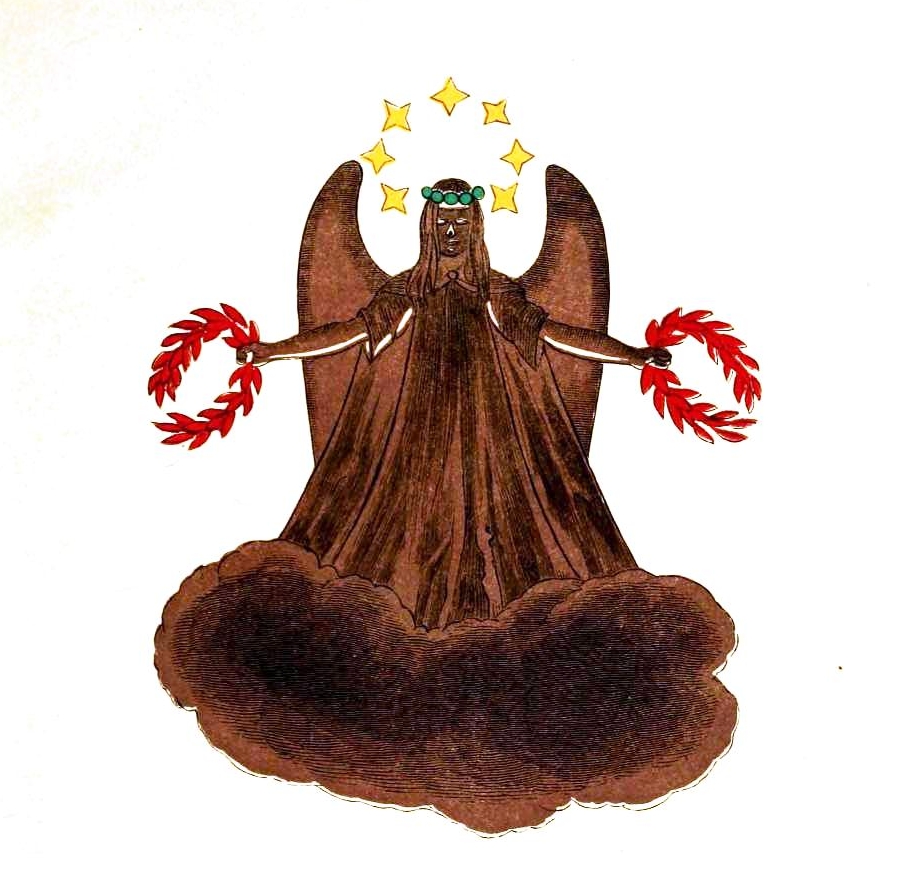HBM040: The Reformation Bible Puritan Baptist Church
/Eric Jon Phelps knows a lot of things. He knows that the Pope controls the world. He knows that it was the Jesuits who poisoned him in Tampa. And he knows that we can avoid the Vatican's plans to incite global race wars is to keep the races separate. Eric is the pastor of rural Pennsylvania's Reformation Bible Puritan Baptist Church.
Content Note: Explicit content including bigotry, historical inaccuracies and language.
The strange thing about Eric is that he's completely open he is about his views--and he doesn't shy from criticism. He's exceedingly knowledgeable about the Protestant Christianity which makes him a fantastic and outspoken preacher. However, the teachings of his church have landed him a spot on the Hate Map of America, which is where HBM Producer Emile B Klein found him.
In this episode, Emile visits the church to investigate the story of Eric's rise and fall in the bizarre, radical, niche world of anti-papal internet talk radio and finds out how Eric's upbringing in the Civil Rights Era informed his views on white supremacy.
Emile also speaks with Mark Potok, who is a Senior Fellow at the Southern Poverty Law Center, who thinks that Eric should be ostracized and shunned by society.
This episode, more than any other in our archive, is morally troubling, for many reasons. One resource on that Emile recommends as supplementary reading for this episode is Jonathan Haidt's wonderful book, The Righteous Mind
The Righteous Mind was essential for Emile's epiphany [spoiler alert] that hating hate is unproductive. Emile says:
"All in all, I know that I am taking a pretty unlikable stand, but it's a stand I think is decent in the long run."
Eric Jon Phelps in High School.
Eric Jon Phelps speaking about the dangers of The Vatican at a conspiracy theory convention while wearing a black, hooded cloak.
This episode contains a 6 minute excerpt from a roundtable intervention between multiple First Ammendment Radio hosts. It has been highly edited for time. The original intervention lasted 2 hours and can be heard in its entirety right here.
We tread on some pretty delicate subjects on this episode, please let us know how we're doing.
Emile B Klein and Jeff Emtman co-produced this piece. Emile is a radio producer and a painter who’s been touring the country by bike for the last 4 years. He is the Director at You’re U.S., which is a non-profit that highlights the qualities that tie together modern Americans through arts and craftsmanship.
This episode is Dedicated to Roy Silberstein, who always fought for the underdog.
Music: The Black Spot, Olecranon Rebellion, Serocell, Cloaking, Lucky Dragons
UPDATE
We asked for your responses to Episode 40, and many of you wrote in.
In this episode, listeners Elle Farmer and Anise Hotchkiss offer their thoughts on the show. One argues for justified hatred and the other argues for compassion in every circumstance.
In her letter to the show, Anise offers the example of Rabbi Weisser and former KKK leader Larry Trapp, who managed to create a friendship formed out of compassion. You can read that full story from the New York Times or listen to Re:Sound
Keep your thoughts and questions coming. We're on our season break right now, but still answering emails.







